Cheongil Jogyeji Stairway (청일조계지 경계 계단)
6.0Km 2025-05-20
Seollin-dong, Jung-gu, Incheon
The border stairs of the Sino-Japanese Concession (an exclusive residential area set up for foreigners to live freely in ports opened for foreign trade) are located on a steep hill southwest of Jayu Park. It is a meaningful attraction with a history of about 120 years. The concession areas are divided into the Qing Dynasty concession on the left and the Japanese concession on the right with the stone stairs in the center. The buildings on the left and right clearly show each country's architectural styles and characteristics of the past.
Noodle Platform (누들플랫폼)
6.0Km 2025-10-23
36 Sinpo-ro 27beon-gil, Jung-gu, Incheon
Noodle Platform is a noodle-themed cultural complex in Incheon, offering exhibitions, educational programs, and hands-on experiences centered around noodles. The three-story complex features an exhibition space that explores the development of noodle dishes in Incheon, such as jjajangmyeon (black bean sauce noodles) and jjolmyeon (spicy chewy noodles); a noodle experience zone; and an educational area where visitors can learn how to cook noodle dishes.
Incheon Japanese Street (인천일본풍거리)
6.0Km 2024-02-16
Gwandong 1(il)-ga, Jung-gu, Incheon
Incheon Japanese Street, established following the opening of Incheon and Jemulpo Ports in 1883, was home to the Japanese concession. It preserves several Japanese-style wooden houses and stone structures from that era. These wooden houses, designed in the distinctive style of Japanese architecture where a storefront is integrated into the residential building, have been renovated and are now serving as cafés and exhibition halls. Nearby, visitors can also explore Incheon Chinatown and the Gaehangjang (Open Port Area) Street.
Daechang Banjeom (대창반점)
6.0Km 2024-02-16
55-1 Chinatown-ro, Jung-gu, Incheon
Daechang Banjeom is a Korean Chinese restaurant nestled in Chinatown, Incheon. The restaurant has built a dedicated base of regulars among both locals and tourists since it opened in the 1980s. It is famed for its samseonjjamppong (three-delicacy spicy seafood noodle soup), which headlines its menu. Other crowd favorites include jjajangmyeon (black bean sauce noodles) and gunmandu (pan-fried Mandu). Notably, it's located near tourist attractions such as the Jajangmyeon Museum and Incheon Modern Museum.
Jjajangmyeon Museum (짜장면박물관)
6.0Km 2024-12-23
56-14 Chinatown-ro, Jung-gu, Incheon
Jjajangmyeon Museum is built in the former building of Gonghwachun, the official birthplace of jjajangmyeon, a food people of all ages love. Gonghwachun operated in this old-fashioned brick building until 1983, and the building was renovated as Jjajangmyeon Museum. It is the first jjajangmyeon-themed museum in Korea and consists of six permanent exhibition rooms and one special exhibition room. Visitors can see the birth and transformation of jjajangmyeon at a glance and the different types and recipes of jjajangmyeon. The special exhibition room presents exhibitions on a variety of topics every year. The reproduction of Gonghwachun’s original reception room and kitchen as well as the exhibition of how the metal delivery box changed over the years are also interesting.
Sangsang Platform (상상플랫폼)
6.0Km 2025-10-23
33 Wolmi-ro, Jung-gu, Incheon
When the Incheon port opened in 1883, the Wolmi-ro area became the gateway to Korea, welcoming vistiors from overseas countries via sea route. Before transforming into the cultural and art complex of today, Sangsang Platform located by the Incheon Open Port used to be Asia's largest granary. Sangsnag Platform is remodeld to preserve the old granary structure while adding a contemporary touch that matches modern-day aesthetics. As the building once connected Incheon to the world, it now serves connect Incheon's past and the future as a multipurpose cultural tourism complex.
Incheon Local Festa (Jemulpo Wave Market) (인천 로컬 페스타 (제물포 웨이브 마켓))
6.0Km 2025-10-23
33 Wolmi-ro, Jung-gu, Incheon
+82-10-2258-9475
Jaemulpo Wave Market is a special festival where one can explore the many different local brands in Incheon. Approximately 70 Incheon-based brands are participating to promote handmade products, home decor items, lifestyle goods and more. During the festival period, Jemulpo Wave Vintage Market also takes place with 20 vintage sellers showcasing timeless products. Entertaining events are also planned, such as a DJ show, vintage auction, beer drinking contest, and more.
Oh Slow Vintage Market (오슬로우 빈티지 마켓)
6.0Km 2025-11-06
33 Wolmi-ro, Jung-gu, Incheon
+82-10-2258-9475
Oh Slow Vintage Market is the largest vintage market in Korea for those who pursue a slow life, with numerous teams participating in the market, including vintage, antique, second-hand, flower, and small items that align with the values of "slow life." The market is characterized by vintage items and furniture that have been around for a long time and have their own unique value, as well as rare antique items that have their own history and timeless beauty. Quality second-hand clothing and miscellaneous goods provide opportunities to purchase brand products or items in good condition at reasonable prices, going beyond just low prices. The flower section includes fresh flowers and pots for adding a personal touch. Additionally, there are stylish design items and beautifully crafted handmade crafts that enrich lifestyles. Visitors can enjoy an exciting atmosphere with DJ performances and can learn about participating vintage businesses and rare vintage products in detail through a vintage docent tour.
Songdo Central Park (송도 센트럴파크)
6.0Km 2025-10-23
160 Convensia-daero, Yeonsu-gu, Incheon
Songdo is a man-made island that presents a futuristic image with buildings that can be considered works of art. Located within this glittering city is Songdo Central Park, the first seawater park in the nation. The park provides visitors with various water activities including a water taxi, canoeing, and more. Visitors can also enjoy culture and arts throughout the park. At night, the Sonhwajeong Pavilion and the moon above seen from the walking trail create a picturesque scene.
Nike - Sinpo Main Branch [Tax Refund Shop] (나이키 신포본점)
6.0Km 2024-04-22
27, Gaehang-ro, Jung-gu, Incheon
-
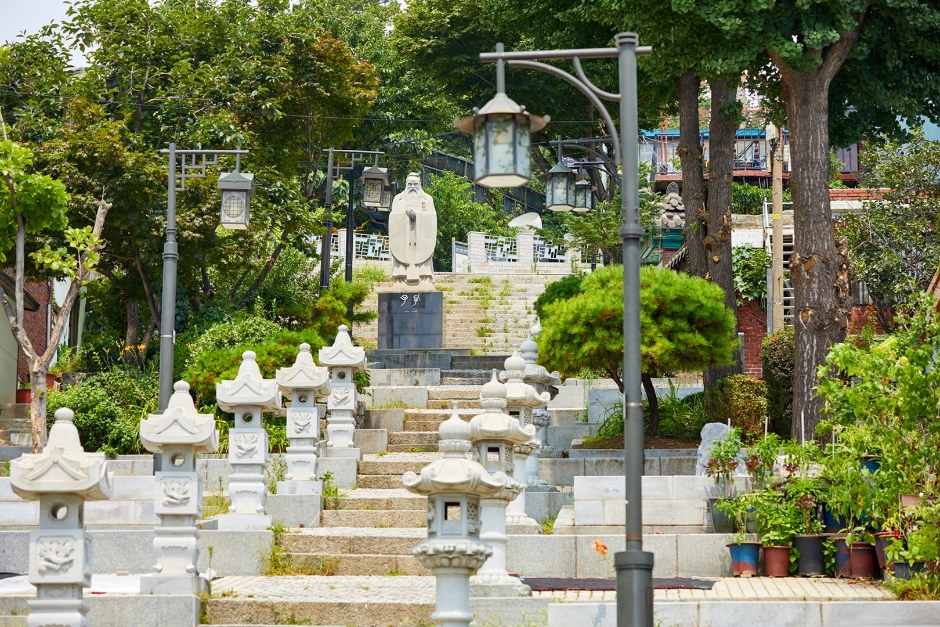
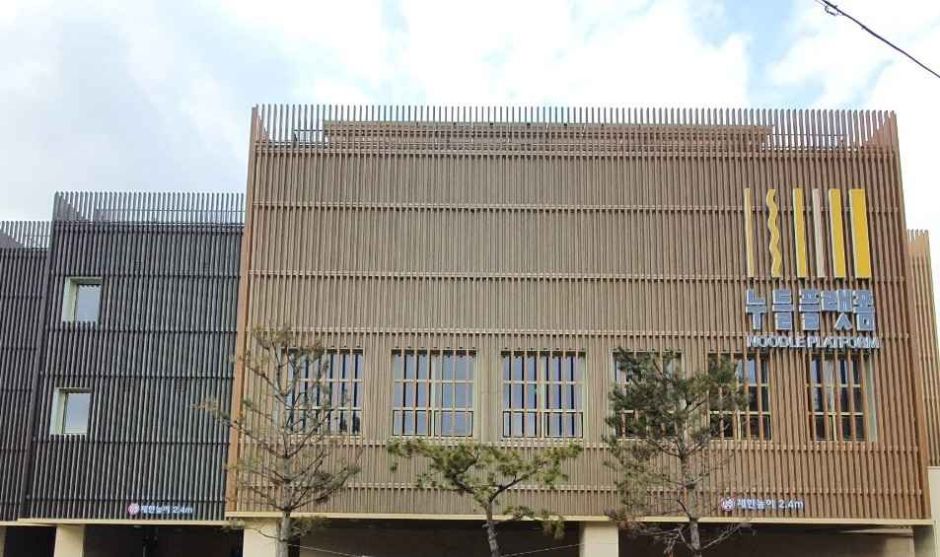
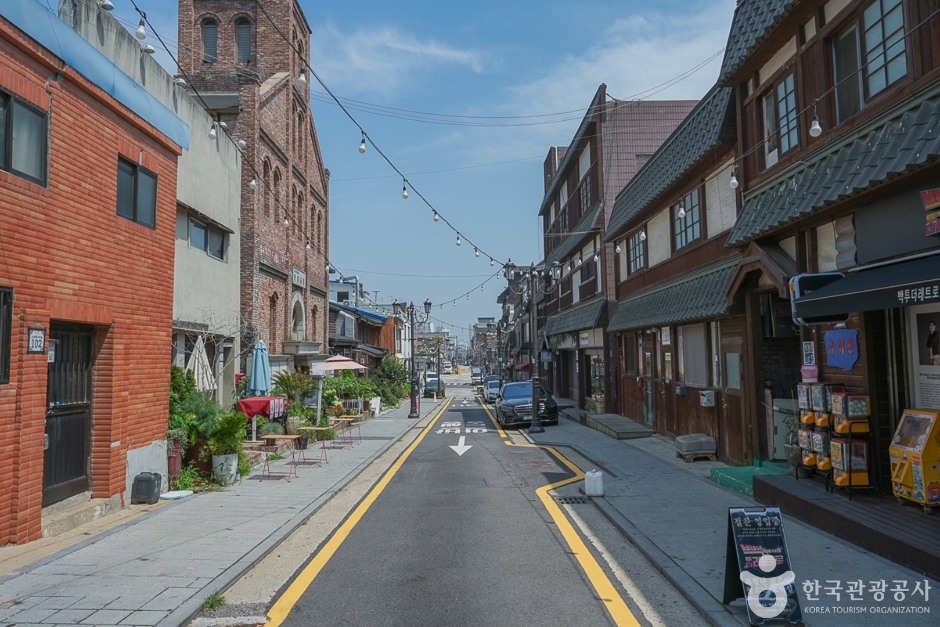
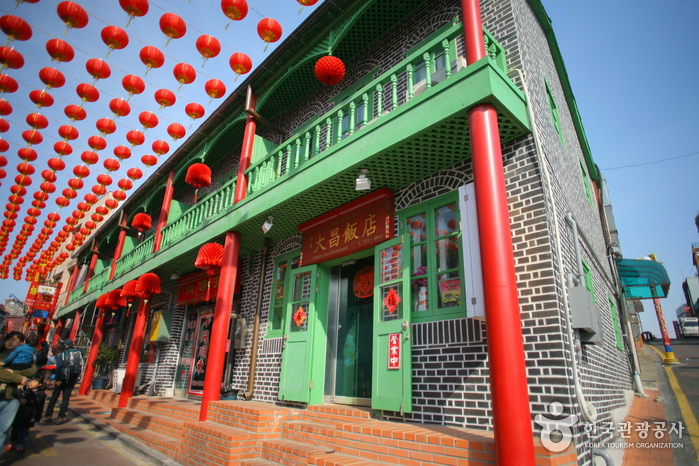
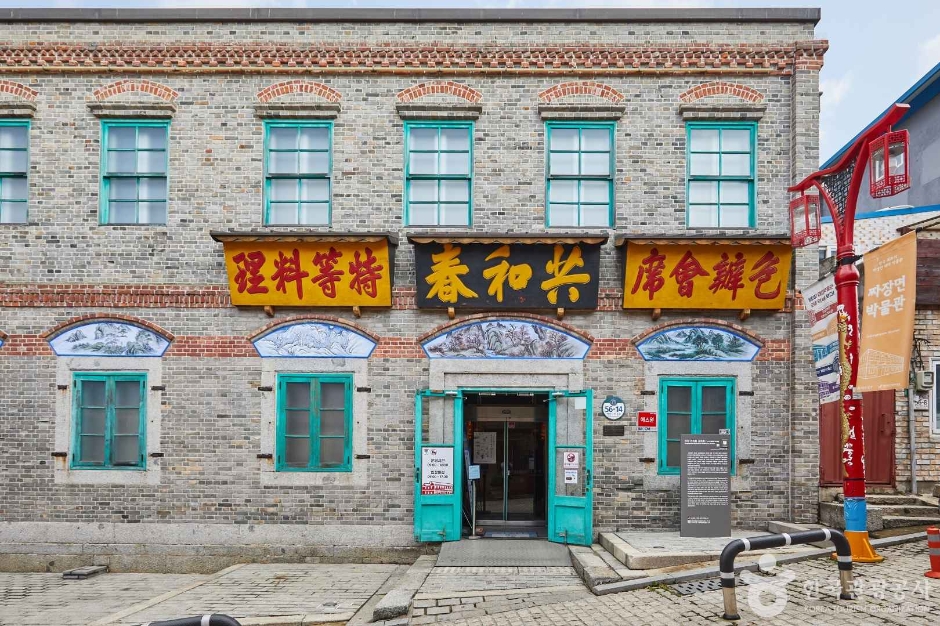
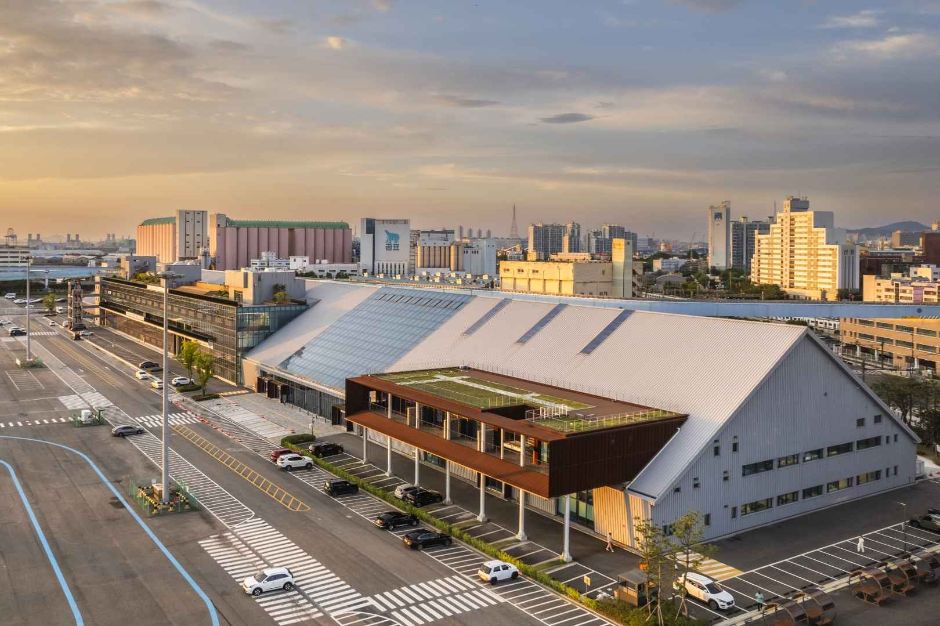
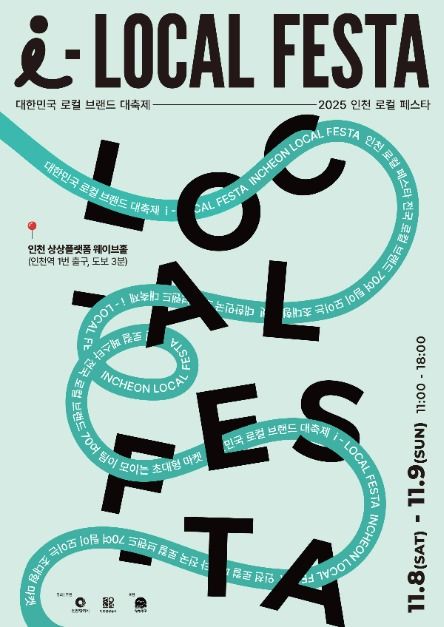
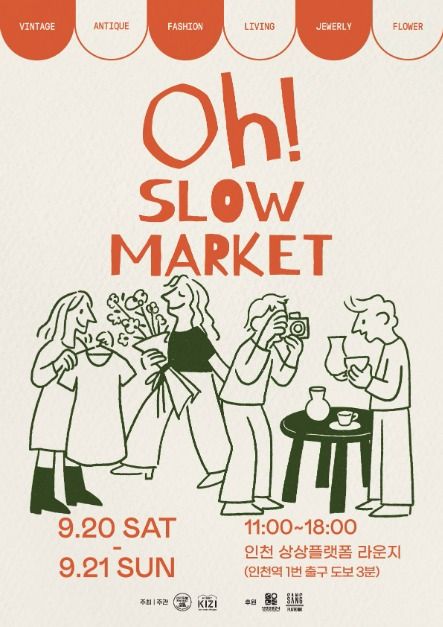
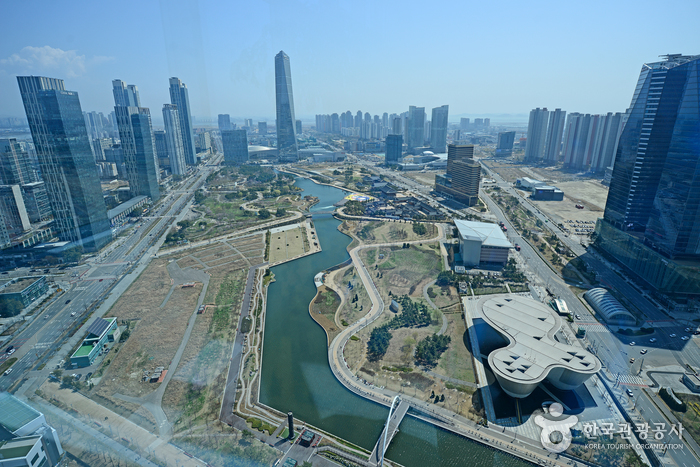
![Nike - Sinpo Main Branch [Tax Refund Shop] (나이키 신포본점)](http://tong.visitkorea.or.kr/cms/resource/66/2882766_image2_1.jpg)
 English
English
 한국어
한국어 日本語
日本語 中文(简体)
中文(简体) Deutsch
Deutsch Français
Français Español
Español Русский
Русский